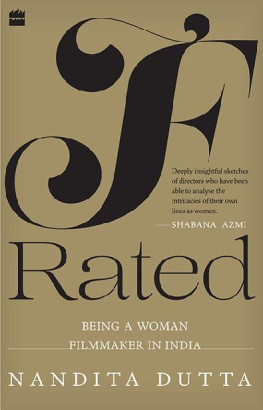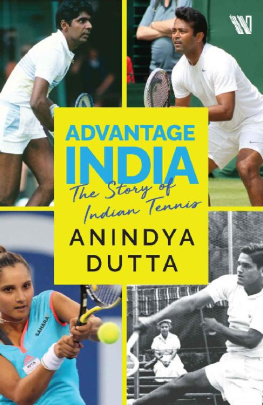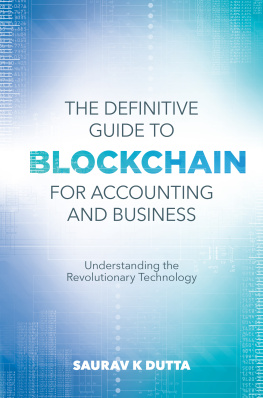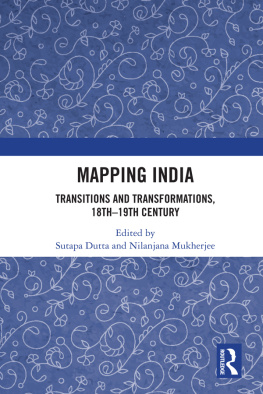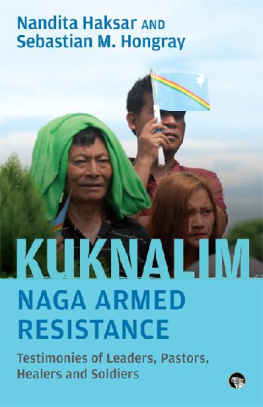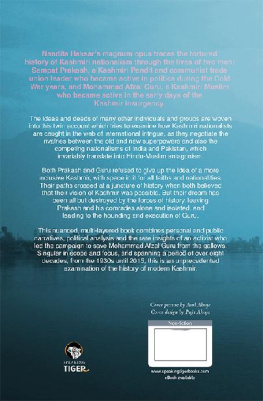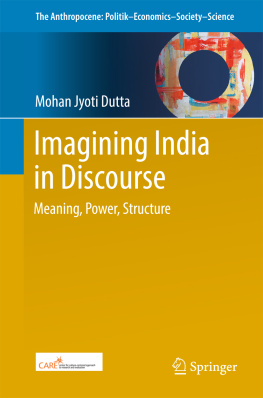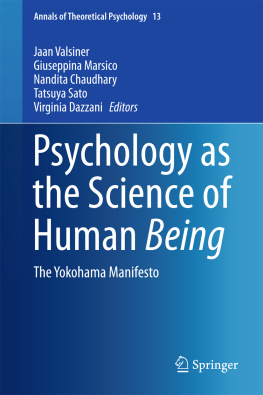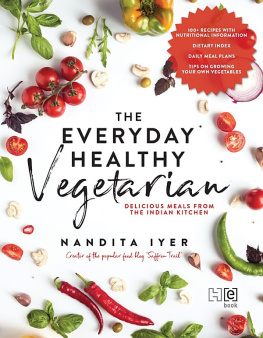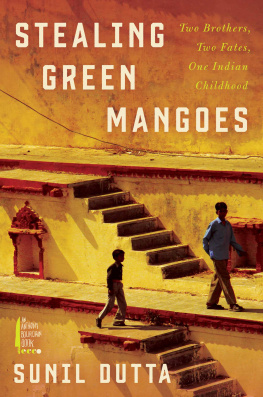D escribing the power of a filmmaker, Satyajit Ray wrote in his book Our Films Their Films (1976), A film-makers ego is an indispensable part of his equipment. With vast amounts of money at his disposal and a whole army of talents at his beck and call, he must work with a far greater sense of power than any other artist in any other field. The very word Action with which he gets a scene going has an authentic ring of an army command. Indeed, he knows well that as long as the film is in the making, he is the one who is expected to dominate.
Now replace the he with a she .
Imagine a film set with a woman calling the shots, with hundreds of men and women striving to realize her vision. Imagine her shouting ACTION and a complex alliance of humans and technology springing into action, creating a world that she had, until then, only visualized in her head. Imagine her looking at the monitor disapprovingly and actors having to do retakes until she is satisfied. Imagine her being the most powerful person on the set: the centre of authority, charisma and celebrity rolled into one.
But where are the women filmmakers?
A simple counting exercise online reveals that out of the 116 Bollywood films released in 2018, only seven were directed by women. The year before that, 2017, saw the release of 120 films out of which only eleven were directed by women. Thats women directing less than ten per cent of the total films, in one of the biggest film industries in the world, two years in a row.
I saw a book there. A book that would not only celebrate the achievements of some of the women who have made a name for themselves in the male-dominated industry, but also, through their personal stories, help identify and evaluate the structural difficulties that challenge women in the world of filmmaking.
Individual stories can be a powerful tool for understanding the bigger picture: the women in this book have diverse histories which when juxtaposed against each other tell us a lot about what it means to be a woman filmmaker in India. Women have always been around in the industry, and yet have largely remained unacknowledged and forgotten. The first film made by a woman in India, Fatma Begums Bulbul-e - Paristan , released in 1926. Fatma Begum started as an actress and went on to write and direct a number of films. There have been several other women such as Kommareddy Savitri, Bhanumathi Ramakrishna and Prema Karanth in the southern states of India, Arundhati Devi in Bengal, and Shobhna Samarth in Bombay who directed films in subsequent decades. It is interesting to note that each of the aforementioned women entered the film industry as an actress the gendered role earmarked for women proved her mettle, and then used her power and fame to steer the ship herself. Then there were women like Devika Rani of the famed Bombay Talkies who played a crucial role in establishing the Bombay film industry but did not get formally acknowledged as a filmmaker. (Add to this list the names of numerous women who worked quietly in the background, or assisted their husbands without ever being credited.) This book, therefore, was to be an exercise in documenting stories that are historically at a high risk of being forgotten.
It is interesting, even insightful, then that there were some who withdrew from the book midway claiming We need to move ahead of this whole gender issue and some, among the ones I did get to speak to, who were reluctant or opposed to the idea of being profiled as women filmmakers; they believed that calling them a woman filmmaker (I prefer woman over female as the latter is a biological category) was in itself an act of compartmentalizing or marginalizing them.
I am not unmindful of the problem of categories but one also needs to realize that being gender-blind is not equivalent to living in a gender-equitable world. Secondly, context is important. Here, I am not using the category of women filmmakers to suggest that filmmakers by default are male, but to foreground the fact that men and women may experience the same profession differently. After all, if there was nothing stopping women from making films, why do the numbers tell a different story? Not talking about it does not solve the problem, it only renders it invisible.
When it comes to the dearth of women filmmakers and the reasons behind it, film industries in India have a proclivity for invisibilization. Dont ask, dont tell. In Hollywood, where the situation for women directors is identical, the conversation on this issue has been going on for some time now, with top actresses like Meryl Streep and Cate Blanchett using public platforms to speak out against devaluation of female characters and the scant number of women directors, and prominent women directors such as Jane Campion and Ava DuVernay themselves questioning male domination in studio films. Then there are journalists like Manohla Dargis and Melissa Silverstein who have consistently and vociferously taken up the issue of the under-representation of women filmmakers in Hollywood. In Bollywood, on the other hand, it is made to look like a non-issue which does not even warrant discussion. Once in a while, a journalist sheepishly asks a woman filmmaker about her experiences and she answers, dismissively, that it is not any different from a mans. In fact, many of the filmmakers who are part of this book, despite their game-changing films, refuse to identify as feminists. There seems to be a collective resistance against a political or ideological belief of any kind, much less an endeavour to build solidarity around such issues.
Now, it would be unfair to assume that every woman filmmaker has faced some degree of discrimination in the film industry. It is possible that some of them have had such unobstructed careers that it could turn even their male counterparts green with envy. These women should take a moment to check their privilege instead of denying that women have different experiences than men in the professional world and that there are structures in place that enable discrimination. I have come across interviews of famous women directors and actresses who lament the fact that they are asked about worklife balance while their male counterparts are not. Of course, it is partisan if such questions are being asked to them at the cost of questions about their work or are stemming from the assumption that as women, looking after their family is their primary responsibility. That said, I have devoted parts of my book to how motherhood factors into womens filmmaking careers simply because childcare is a real concern in the lives of most women. I had not realized the enormity of the challenge it poses for women until interviews conducted for this book revealed to me how having a child proved to be a turning point in the careers of most women filmmakers, from Mira Nair and Aparna Sen to Kiran Rao and Nandita Das.
So, why is it important to talk about the unique experiences of women? Firstly, not normalizing these conversations leads to the notion that professionally successful women artistes do not want or are unable to have regular family lives and, even if they do, talking about it somehow makes them seem less professional. In this book, Aparna Sen talks about how she had to take up odd jobs, besides directing films, to be able to provide for her daughters as a single mother; while Mira Nair reflects on the years she spent coping with depression after she decided to not leave her young son behind to go away for shoots. Kiran Rao, who is only one film old as a director, talks about how she feels so fulfilled by motherhood that she is having to work hard at sharpening the edges of her creativity again. Hearing these stories assures women that there are other women out there who share their concerns and have found a way to make films despite them. Women need role models, and they need role models who are willing to talk about the unglamorous and mundane things.


